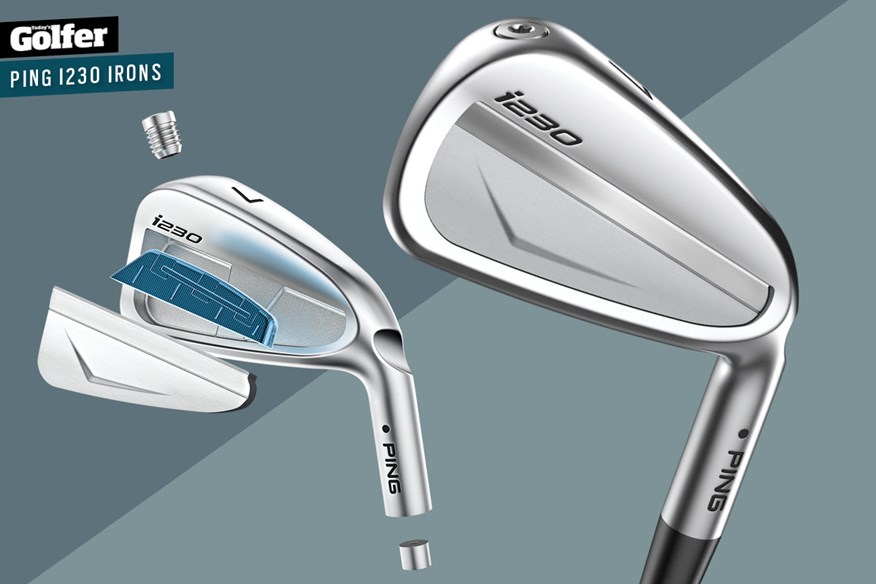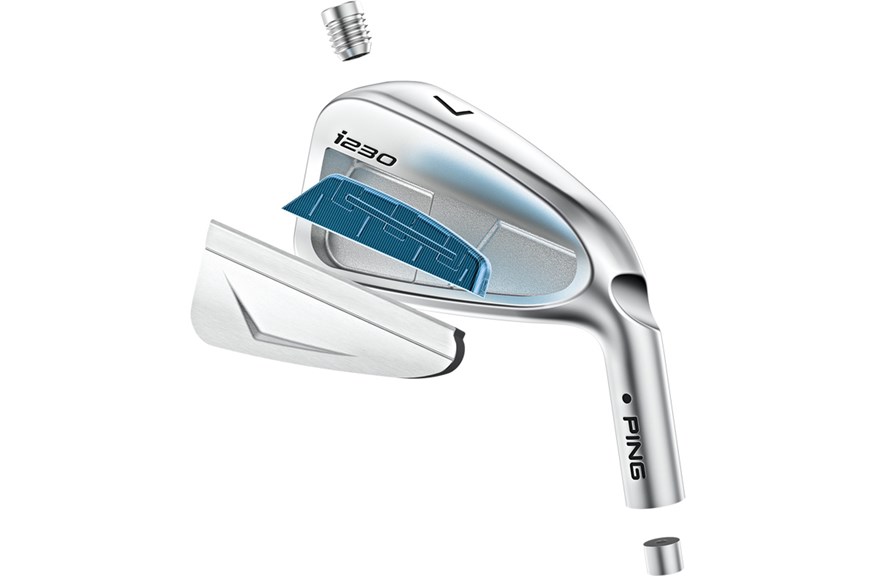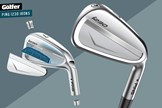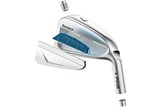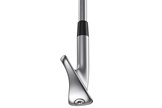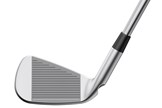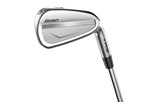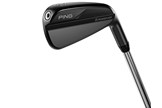New Ping i230 irons replace Ping’s most-played tour iron
Last updated:
Tour player insight has been key to the development of the Ping i230, which replace the i210 irons.
Any brand looking to update their most-played tour iron approaches the project with serious trepidation. And so they should.
Companies have come to realise over the years that fiddling with the clubs top tour players are very comfortable with comes with significant risk. New clubs might look great at sales presentations, but if they don’t get used by the world’s best players, questions are asked…
RELATED: Which Ping iron is best for me?
Ping’s i210 has been their most-played tour iron since 2018, and during its four-year lifespan it has racked up 45 tour wins in the hands of stars such as Viktor Hovland and Lee Westwood.
There was plenty of pressure on its replacement, so Ping asked their players what improvements they wanted from an i210 replacement.
While many said leave it alone, former Open Champion Stewart Cink opened up about refinements that would help on the course. He felt there were gains to be had in the longer clubs, giving Ping’s engineers a sound, feel and feedback start point which ultimately influenced the whole new set.
EXPLAINED: How we test golf equipment
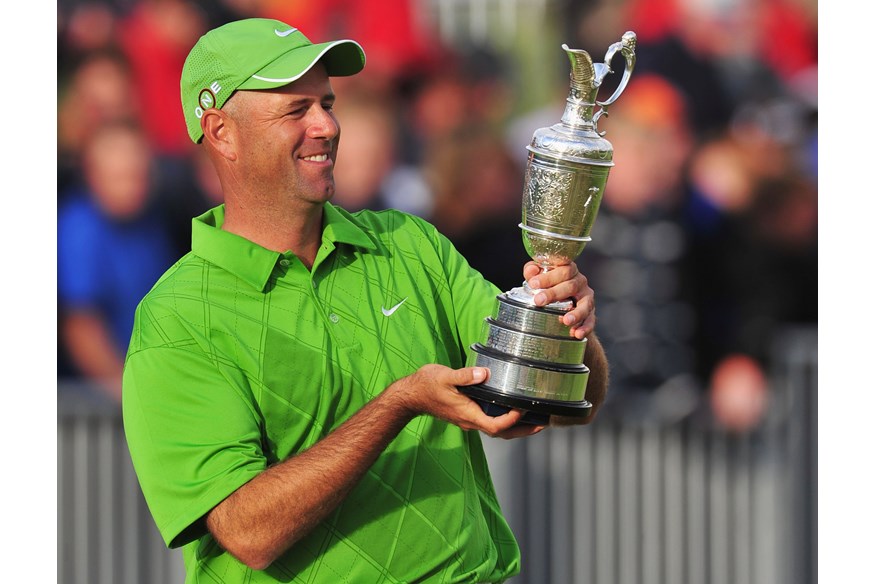
Thanks to their understanding of the complexities of ‘feel’, Ping can confidently say the new i230 is faster, better-shaped and has better feel and sound across the whole set. And, thanks to being seeded among the brand’s pros since the Open last July, it’s already chalked up two tour wins.
RELATED: WITB Viktor Hovland
Here’s what you need to know about the new Ping i230 irons…
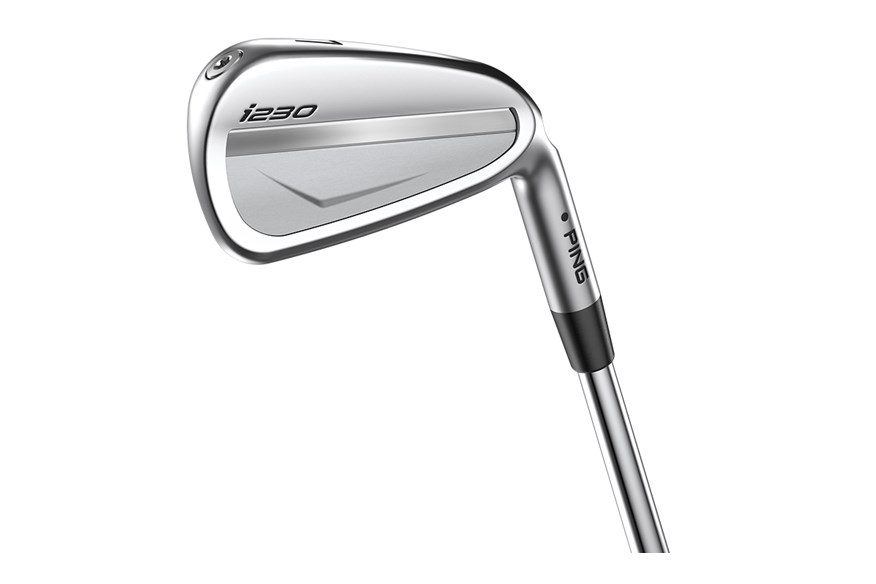
Five-piece construction gives forged-like feel
Thanks to a new heat treatment, the i230’s head is stronger, so the face can be thinner.
Ping say above average speed players can expect a lively but stable feel (their testing shows 0.024-in of face deflection).
A new 304SS badge has an elastomer back, so the entire face is supported (the i210 had half the face supported). That’s led to the new forged-like feel that players are raving about.
RELATED: WITB Lee Westwood
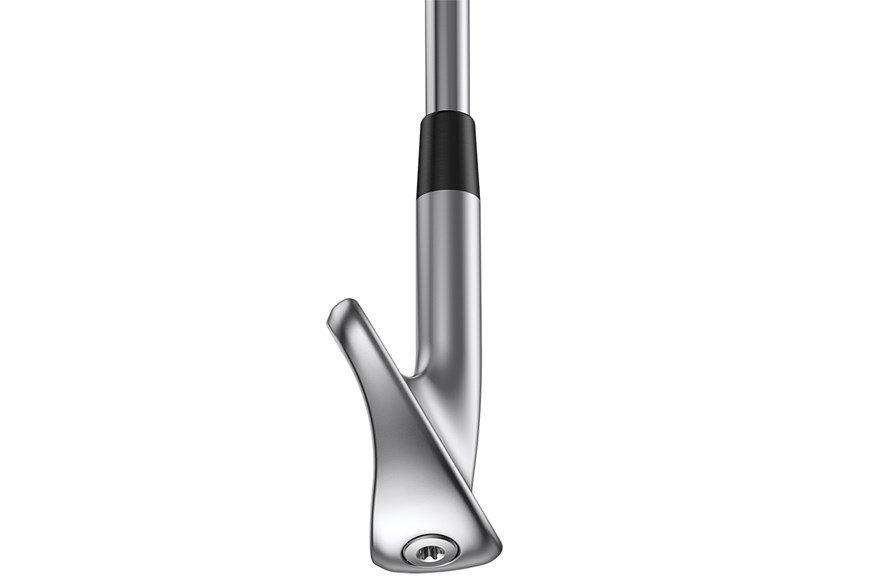
Squeezed shaping
Ping say the mid and short irons are closely matched in shape and profile to the previous i210, where the long irons are more compact in blade length. Expect similar sole widths and bounce angles, which is why the previous i210 were so playable, whereas the longer sticks have a fraction less offset.
The updates are subtle, but the ‘boxy’ Ping shape the brand have been accused of before has completely disappeared.
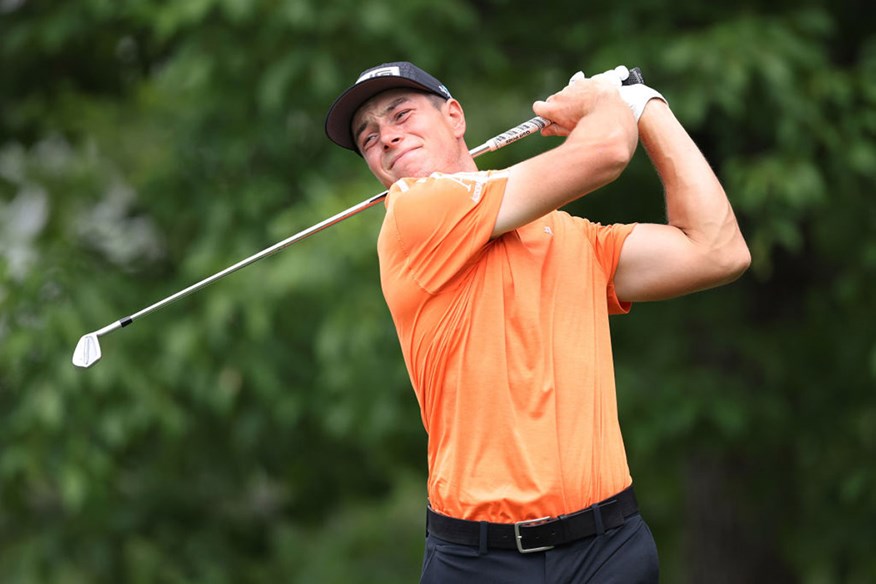
What’s the gain?
Ping say their tour players are gaining three to five yards of carry with a 7-iron, along with 3-5% more MOI. Golfers can expect a 1mph gain in ball speed, from near identical launch (from the same loft 7-iron), with a drop of just 200-300rpm in spin.
The set is perfectly gapped – with 11 yards throughout the set at above-average speeds.
And, thanks to the HydroPearl finish and more closely spaced MicroMax grooves (which frame the ball brilliantly at address), there’s no noticeable difference in launch or spin in wet conditions, which offers predictability and consistency.
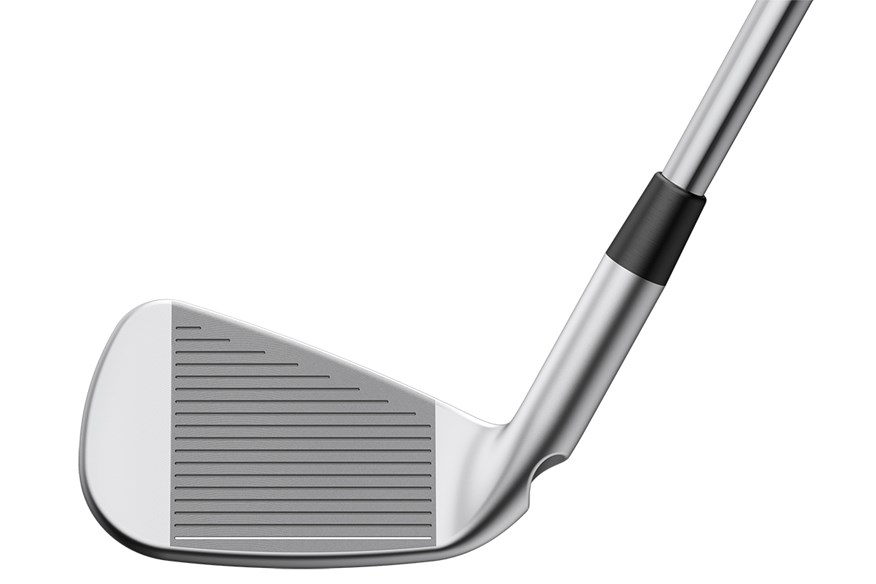
RELATED: Ping i230 iron review
Ping i230 irons
RRP: £180 per iron (steel shafts), £190 per iron (graphite shafts)
Availability: 3-UW
Stock shafts: True Temper Dynamic Gold 105 (steel), Ping Alta CB Black (graphite)
7-iron loft: 33°
Category: Players’ iron
Forgiveness rating: 2/5
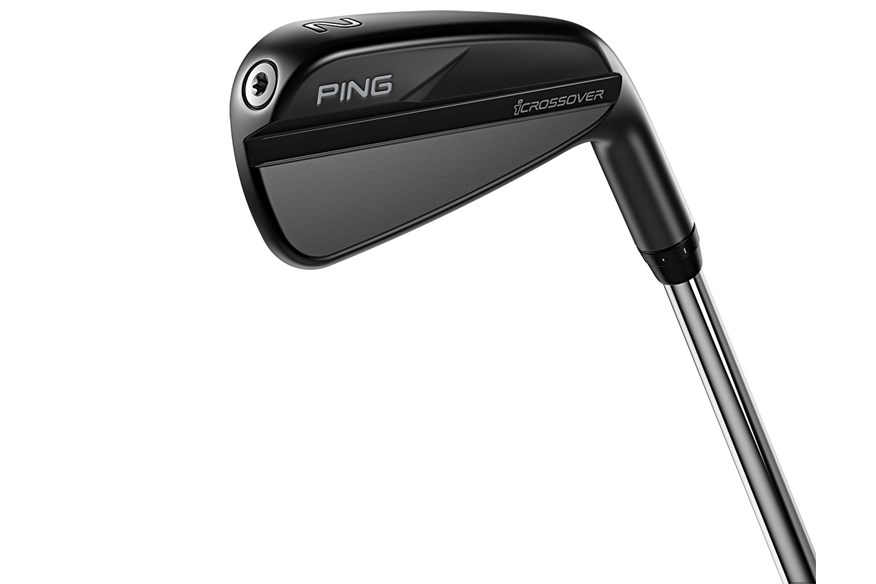
Ping iCrossover
Alongside the irons, Ping have also launched the Ping iCrossover.
Available in a 2-, 3- and 4-Crossover, the iCrossover is aimed at high-swing-speed players looking for long-iron alternatives that fit seamlessly into their set while delivering increased ball speeds for more distance with higher launch. The sources of the high ball speed are the thin, maraging steel face and lower CG position, which is closer to the impact location to produce more energy transfer. The face is robotically welded to the 17-4 stainless steel body with a lower-hinged bend point to provide higher launch for better stopping power. A smaller internal cavity with targeted EVA polymer on the back of the face ensures a pleasing feel and sound.
Tour-Inspired
With similar sole shaping, including the rounded lead edge and ample bounce, the iCrossover seamlessly fits into an i230 iron set in place of long irons. The blade lengths are slightly shorter with less offset than previous crossover generations, making it more compact while providing a tour-style appearance. The standard shaft length builds also are approximately one-quarter inch shorter than the previous models to transition into a set more easily, providing more control and tighter dispersion patterns with similar distance. The precision-milled MicroMax grooves and matte-black hydropearl 2.0 finish deliver consistent launch and spin results for more accuracy.
New Trajectory Tuning 2.0
A first in an iron-style design, the adjustable hosel provides eight settings for loft and lie to help dial in a golfer’s desired ball flight. The lightweight hosel is clearly marked to allow for quick and easy adjustments, with a range of ±1.5° loft and lie in various combinations. The standard setting is the stated loft of the club at 1.5° upright.
“We looked closely at our fitting and Arccos data and discovered the vast majority of our crossover users were better players who use one of our blade irons,” Solheim said. “So, we shifted our focus to engineering a crossover that better fit the needs of that type of player. The iCrossover performance results have been exceptional. Its shape looks great, the ball speeds are higher, and it sounds very powerful. The addition of the adjustable hosel is a huge benefit to help players at that level dial in their ball flight.”
RRP: £275 per club with graphite
READ NEXT: Best Golf Irons
BECOME A TODAY’S GOLFER MEMBER: Unlimited access to premium content and exclusive rewards!
